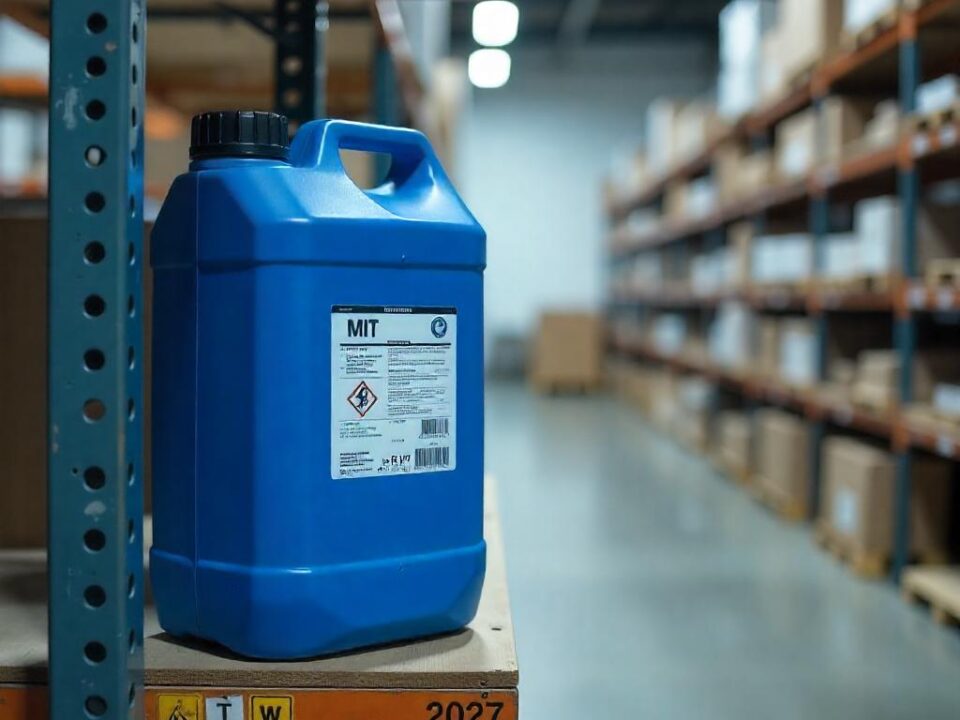Ethanol Reclassification: EU May Label It as Carcinogenic and Reprotoxic
The ethanol reclassification process underway in the European Union could bring major regulatory changes for industries relying on ethanol-based products. Ethanol (EC No. 200-578-6), commonly used in disinfectants, personal care, and cleaning agents, is under review for potential reclassification as a Carcinogen Category 1A or 1B and Reprotoxic Category 1A or 1B.
This marks a sharp shift from its previous Category 2 reprotoxic classification. If confirmed, ethanol would be considered a Category 1 substance under the CMR (carcinogenic, mutagenic or reprotoxic) criteria. A classification as Mutagenic Category 1A or 1B is also under discussion. These changes carry significant consequences under the Biocidal Products Regulation (BPR).
If ethanol is officially recognized as a CMR 1A/1B substance, it would trigger BPR exclusion criteria. This means ethanol-based biocidal products—particularly in product types PT1 (human hygiene), PT2 (disinfectants), and PT4 (food and feed areas)—could face bans unless their use is justified as essential for public health or lacking viable alternatives.
What are the next steps?
The Biocidal Products Committee (BPC) is expected to issue its opinion by the end of 2025. The ECHA’s Biocidal Products Committee is set to meet between November 25 and November 28. Only after this will the European Commission decide on the final harmonised classification. This decision could take additional months (usually 6 months since BPC’s opinion is announced). Once adopted, companies may need to relabel, reformulate, or even re-authorise affected products—a process that may take several years.
Businesses using ethanol in regulated applications should begin risk assessments now. Early planning is crucial to maintain compliance and market access.
Need help with ethanol-based biocidal product compliance? Nordiik specializes in BPR Regulation support. Contact us today to evaluate your portfolio and navigate the implications of ethanol reclassification.
Source: EU Parlamient









